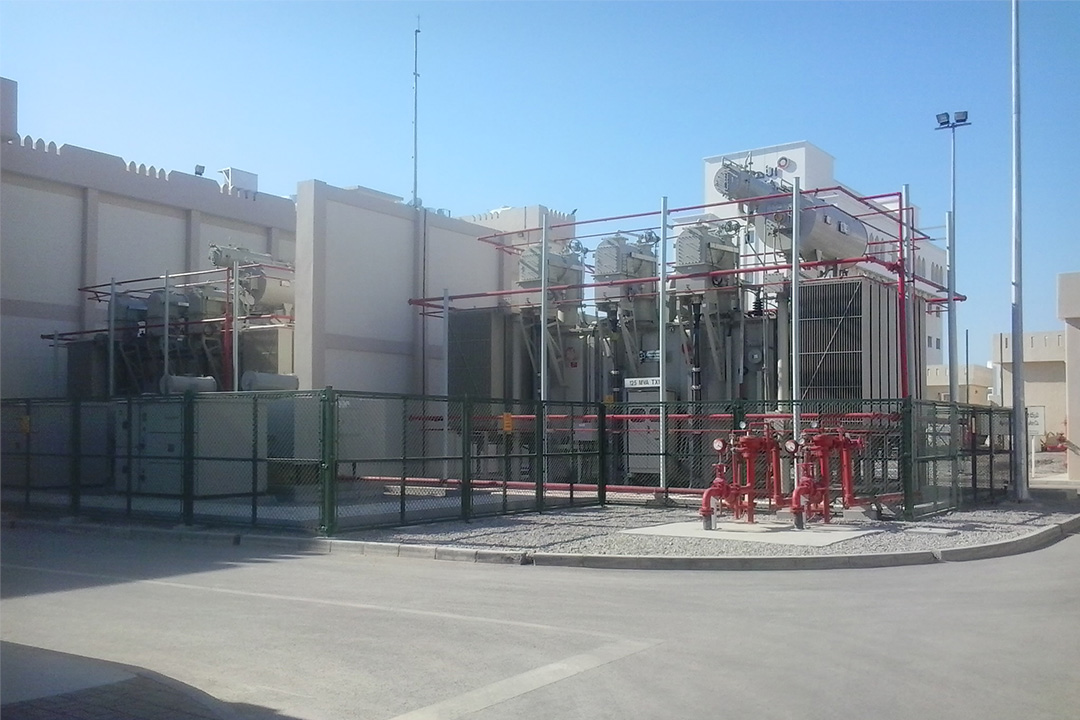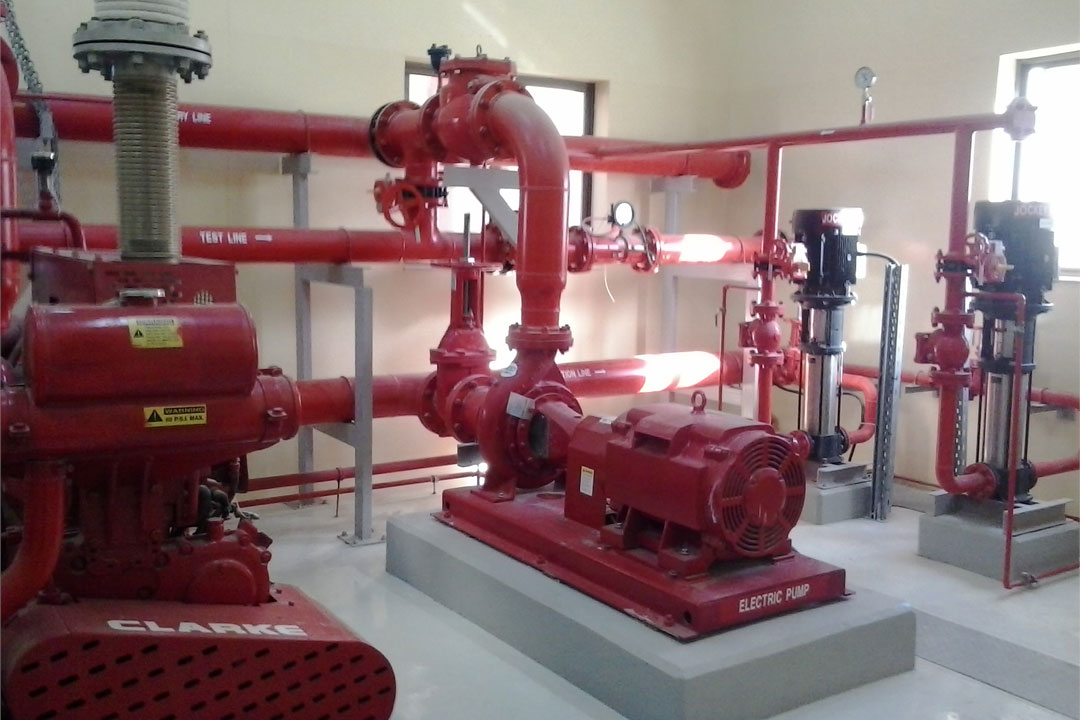Water-based Fire Fighting Systems

A well designed and well laid hydrant system is the backbone of the entire fire protection equipment as it fights fire of serious proportions in all classes of risks and continues to be in operation even if a part of the affected building or structure has collapsed.
Also it keeps the adjoining properties cool and thereby minimizes the spread of fire.
Hydrant Systems
The sprinkler system is the best form of extinguishing fire, since it directly attacks the seat of fire.
One important aspect of this system is that it acts to detect and extinguish the fire. The water is directly spread on the seat of fire, hence unnecessary floor wettings and spreading of fire to other areas is eliminated.
The sprinkler system is always kept under pressure. The sprinkler bulbs are rated to fuse at designed temperature.
Hence, in case of fire, due to the rapid increase in temperature of the liquid inside the bulb, it fuses and sprays a fine jet of water over the fire, thus totally quenching it.
Fire hose reel systems consist of pumps, pipes, water supply and hose reels located strategically in a building, ensuring proper coverage of water to combat a fire.
The system is manually operated and activated by opening a valve enabling the water to flow into the hose that is typically 30 meters away.
This is a special fixed pipe system connected to a reliable source of pressurised water supply and equipped with water spray nozzles for application on area / equipment to be protected.
The system can be operated automatically by connection to an automatic detection and alarm system or manually, or both.
Pre-action fire sprinkler systems employ the basic concept of a dry pipe system in that water is not normally contained within the pipes.
The difference, however, is that water is held from piping by an electrically operated valve, known as a pre-action valve.
The valve operation is controlled by independent flame, heat, or smoke detection.
A deluge fire sprinkler system is similar to a pre-action system except the sprinkler heads are open and the pipe is not pressurized with air.
Deluge systems are connected to a water supply through a deluge valve that is opened by the operation of a smoke or heat detection system. The detection system is installed in the same area as the sprinklers. When the detection system is activated water discharges through all of the sprinkler heads in the system.
Deluge systems are used in places that are considered high hazard areas such as power plants, aircraft hangars and chemical storage or processing facilities. Deluge systems are needed where high velocity suppression is necessary to prevent fire spread.
Warehouse fires are extremely challenging; they spread quickly and have immense increases in heat release rate over a short period of time. This is especially true when the fire involves commodities such as flammable liquids, paper, and exposed plastics. In-rack fire sprinkler systems are specifically designed for the protection of racked storage areas in warehouses.
In-rack fire sprinklers will not prevent a fire from starting, in fact they rely on the heat generated by the fire to trigger them, but they will help contain the fire to a specific area, and extinguish it. This in turn limits fire damage and will reduce the risk to life from fire.



